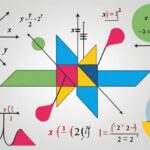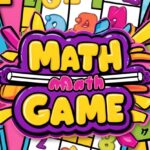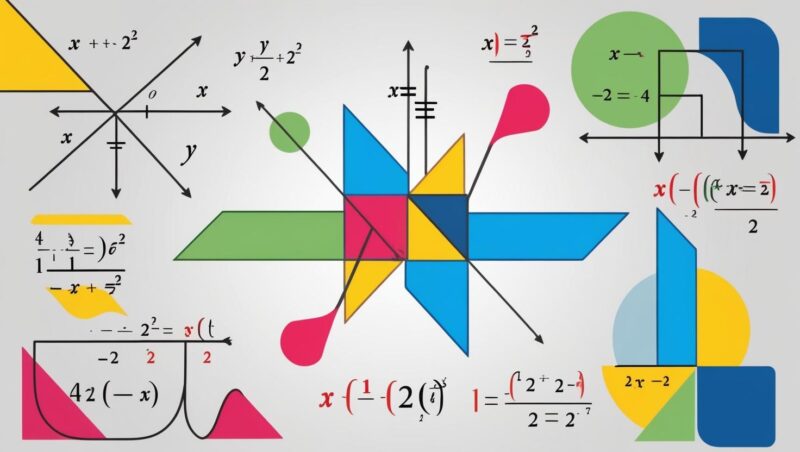
Share Post:
AI tools for math now help users solve problems faster and with greater accuracy. These tools provide clear, step-by-step solutions that remove confusion and support better learning. They handle everything from basic operations to advanced topics like calculus and statistics. Some use image input, while others support typed or spoken questions. Many also explain the logic behind each step, which helps users build real math skills.
Each option serves a different purpose. Some focus on fast answers. Others are designed to support deeper learning or professional analysis. With the right AI tools for math, users can boost performance, reduce errors, and stay confident through any problem.
Table of Contents
Toggle1. Powerdrill
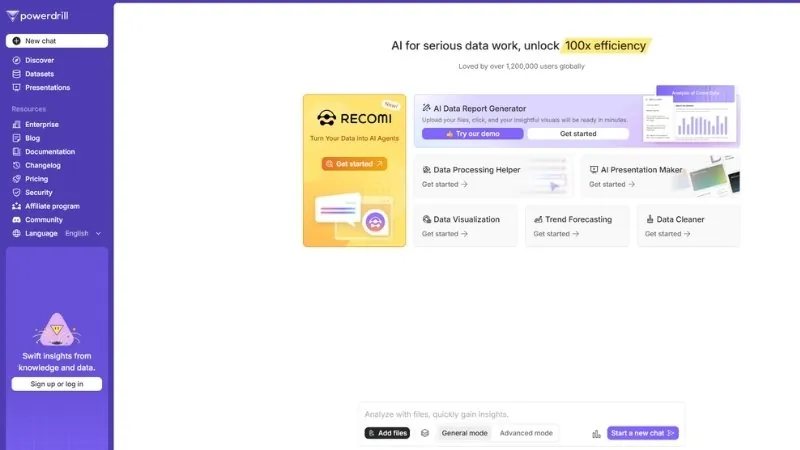
| Feature | Description |
|---|---|
| Input Method | Image capture or manual entry |
| Step-by-Step Help | Yes |
| Covers | Arithmetic, algebra, calculus, statistics |
| Extra Tools | Time series forecasting, data analysis |
| Target Users | Students, teachers, analysts, everyday users |
Powerdrill solves hard math problems using a simple photo or direct input. A person can take a picture of a problem like (2x + 3)(x – 5) or enter a calculus expression such as ∫(3x² – 2x + 1)dx. Powerdrill returns each step in clear order. It shows how to expand, simplify, or integrate with no shortcuts or gaps.
Someone with no math background can still follow the steps. Each part of the solution comes with an explanation. This makes it easier to build skills and avoid confusion.
For professionals, Powerdrill offers tools for data analysis and forecasting. A business owner can use real sales data to predict trends using built-in models. This side of the tool helps with financial planning and reporting.
Powerdrill stands out among AI tools for math because it breaks down hard problems into small, easy parts. The photo feature works fast. The layout makes it easy to follow. People who want both answers and understanding will find it useful for study, work, or daily problem-solving.
2. Wolfram Alpha
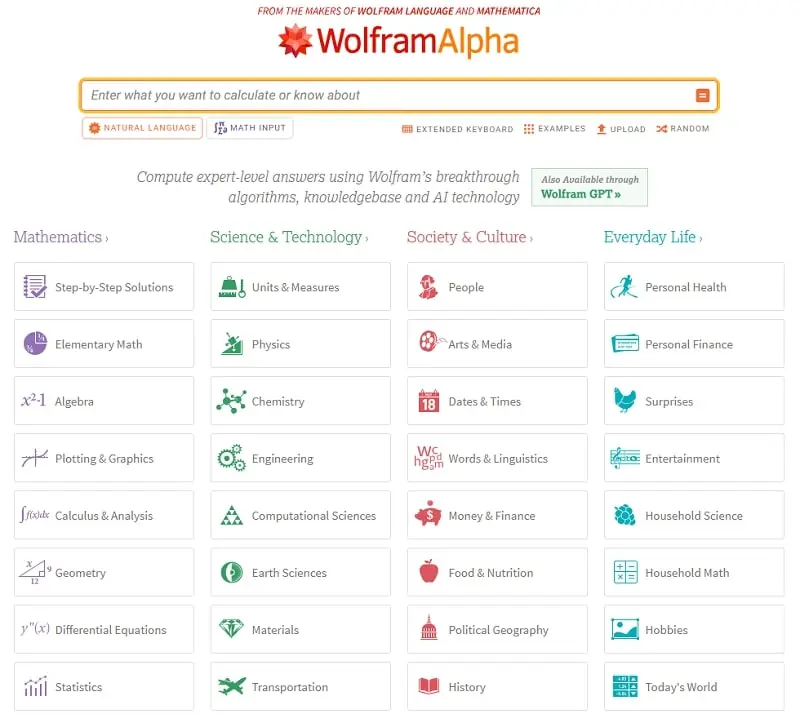
| Feature | Description |
|---|---|
| Input Method | Text input |
| Step-by-Step Help | Yes (for many types of problems) |
| Covers | Arithmetic, algebra, calculus, statistics |
| Extra Tools | Graphs, unit conversions, scientific formulas |
| Target Users | Students, researchers, everyday users |
Wolfram Alpha solves problems with a clear, structured approach. A user can enter a problem like solve 3x² – 12x + 9 = 0 or derivative of sin(x²) and receive a complete step-by-step solution. The tool shows every transformation, rule, and result in order. It also explains why each step is correct.
The tool handles hard problems in calculus, algebra, and linear equations. It works well for people who want to check homework or prepare for exams. It also supports deeper topics, like matrices or complex numbers. Users can explore plots, graphs, and real-world data without needing advanced skills.
Wolfram Alpha includes extra tools beyond math. It can convert units, calculate interest, or solve physics problems. That makes it useful for school, work, and daily questions.
3. Microsoft Math Solver
| Feature | Description |
|---|---|
| Input Method | Photo capture or manual entry |
| Step-by-Step Help | Yes |
| Covers | Arithmetic, algebra, calculus, trigonometry |
| Extra Tools | Graphing, practice problems |
| Target Users | Students, parents, teachers |
Microsoft Math Solver handles tough math problems through a simple, clear layout. A student can upload a photo of sin(x) + cos(x) = 1 or type an expression like limit as x→0 of (sinx/x). The tool then shows each part of the solution. It includes rules used, results after each step, and a full explanation of the method.
It works well for classroom topics. People struggling with algebra or calculus can get help without outside support. The photo feature helps students who work with worksheets or textbooks. There are also built-in practice sections for common topics, so users can keep building skills with similar problems.
Microsoft Math Solver does not require advanced math knowledge. Each step is broken down using plain explanations. This helps users focus on the logic without stress or confusion.
4. Mathway
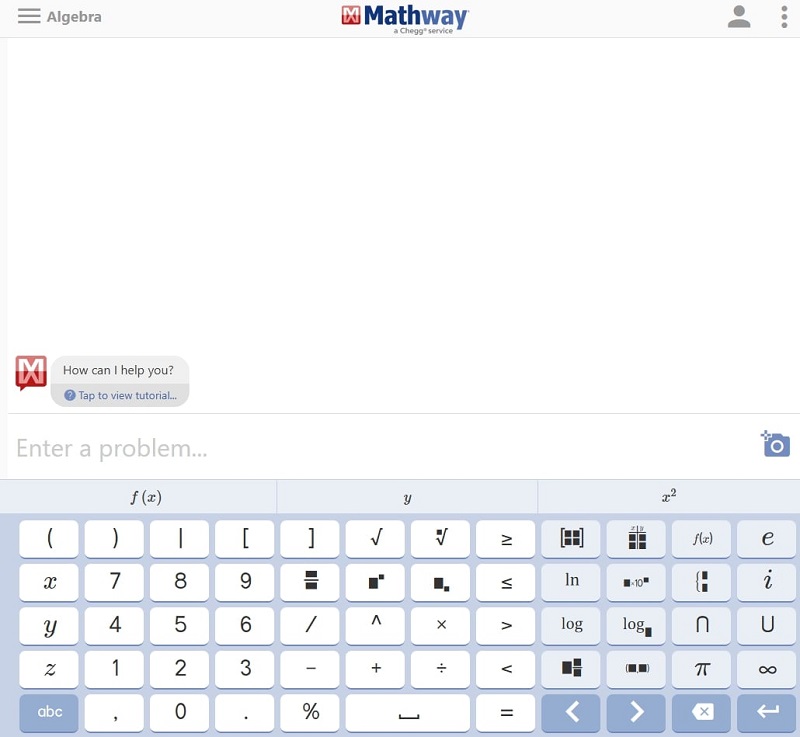
| Feature | Description |
|---|---|
| Input Method | Manual entry or photo capture |
| Step-by-Step Help | Yes (with subscription) |
| Covers | Algebra, geometry, trigonometry, calculus |
| Extra Tools | Graphing, answer history, topic categories |
| Target Users | High school and college students |
Mathway solves complex math problems in seconds. A user can type or snap a picture of an equation like log(x²) + 3 = 7 or integrate (2x³ – 4x + 1)dx. The platform gives an instant solution. With a subscription, it also unlocks the full step-by-step path to the final answer.
It supports a wide range of topics. Students can use it for basic fractions or move into topics like limits, derivatives, and functions. The tool is designed for fast help. It saves time and effort for users who need quick solutions. The interface is simple, with a clean layout that separates problem types for easy access.
Mathway does not overwhelm users with too much detail. It gives the option to view the full process, but only when needed. This keeps the experience smooth and useful for both beginners and more advanced users.
Quick Solutions Without Distraction
Mathway fits students who want fast, clear answers without extra steps unless requested. It solves hard problems fast but keeps the screen uncluttered. Among AI tools for math, Mathway stands out for speed, direct input, and smart control over how much detail to show.
5. SageMath

| Feature | Description |
|---|---|
| Input Method | Code-based input |
| Step-by-Step Help | No (requires user commands) |
| Covers | Algebra, calculus, number theory, cryptography |
| Extra Tools | Symbolic computation, 3D plotting, modeling |
| Target Users | Researchers, engineers, advanced students |
SageMath solves complex math through a full software system built on open-source math libraries. A user can write commands to compute expressions like solve(x^3 – 2x + 5 == 0, x) or perform operations in number theory, calculus, and symbolic algebra. The platform handles high-level math problems that go beyond standard textbook questions.
It works well for users who need full control and precision. Someone working on an academic paper or advanced math model can rely on SageMath to do large-scale calculations or symbolic manipulations that simple tools cannot handle. Graphing in 2D or 3D is possible with precise input, and users can write full projects using code.
The interface is not designed for casual users. It requires comfort with syntax and logic. Those who already know the math but need support with execution will benefit most. Beginners may find it hard to use without guidance.
Open-Source Power for Advanced Work
SageMath fits advanced users who need full control and detailed modeling. Among AI tools for math, it gives deep access to high-level methods in a free, open-source format. It replaces several tools at once and supports real academic or professional work that goes far beyond basic help.
6. Symbolab
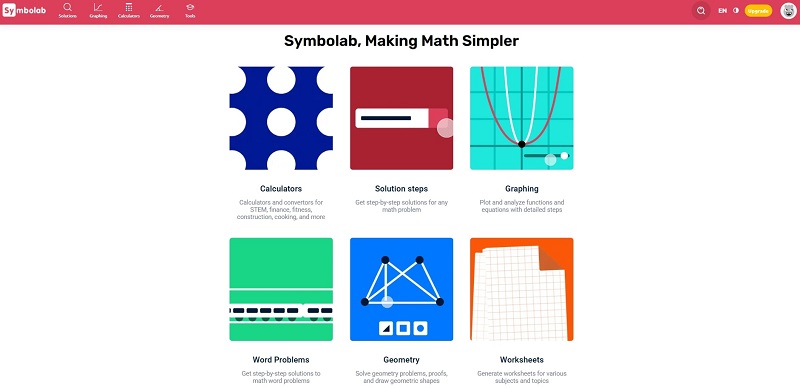
| Feature | Description |
|---|---|
| Input Method | Manual entry |
| Step-by-Step Help | Yes |
| Covers | Algebra, calculus, statistics, matrices |
| Extra Tools | Equation search, calculator library |
| Target Users | High school, college students, independent learners |
Symbolab solves detailed math problems with full explanations. A user can enter an equation like ∫(4x² – 2x + 1)dx or solve 3x – 7 = 2x + 5, and Symbolab responds with each transformation in sequence. It explains every move, including the rule applied, the result, and the reason behind each step.
It supports algebra, derivatives, integrals, limits, series, and many other topics. Every problem type includes a matching calculator, such as a matrix solver or statistics helper. The layout is simple, and users can search for specific equation types or math topics. Students who struggle to follow classroom examples can study each solved step to gain confidence.
The free version covers basic answers. Full step-by-step support and deeper features require a subscription. Still, the base version gives enough for quick checks and practice.
7. Julius AI
| Feature | Description |
|---|---|
| Input Method | Natural language or manual math input |
| Step-by-Step Help | Yes |
| Covers | Algebra, calculus, word problems, statistics |
| Extra Tools | Data analysis, chart generation, file input |
| Target Users | Students, analysts, non-math users |
Julius AI solves math problems by allowing users to type questions in plain language. A person can write What is the derivative of x² + 5x? or ask How do I solve 2x + 7 = 19? and receive a full, clear breakdown. The tool explains why each step works. It also shows graphs and related formulas when useful.
Julius works well for people who do not feel confident with symbols or structure. It turns natural phrases into math solutions. For users with data, Julius also supports chart creation, file upload, and deeper analysis. Someone working with numbers in a spreadsheet can ask questions like What is the average growth rate? and get math-backed answers.
It does not overwhelm the user with too many tools. The platform focuses on clarity and ease of use, especially for those who want to solve real problems without getting stuck on math terms.
8. Socratic
| Feature | Description |
|---|---|
| Input Method | Photo capture |
| Step-by-Step Help | Yes |
| Covers | Algebra, trigonometry, geometry, basic calculus |
| Extra Tools | Educational resources, explanations, videos |
| Target Users | Middle school and high school students |
Socratic solves math problems using a mobile app that scans printed or handwritten work. A student can snap a photo of (x – 3)² = 49 or cos(θ) = 0.5, and the tool returns a clean, step-by-step explanation. It also links to related lessons and videos that explain the concept further.
Socratic works especially well for users who rely on textbooks and worksheets. It reads the problem, solves it, and teaches it all at once. Each solution shows how the math rule works in that case, helping the student build logic and memory for the next question.
The app also supports other subjects, but its math help is accurate, quick, and easy to follow. Students who use paper-based learning can benefit the most.
9. Photomath
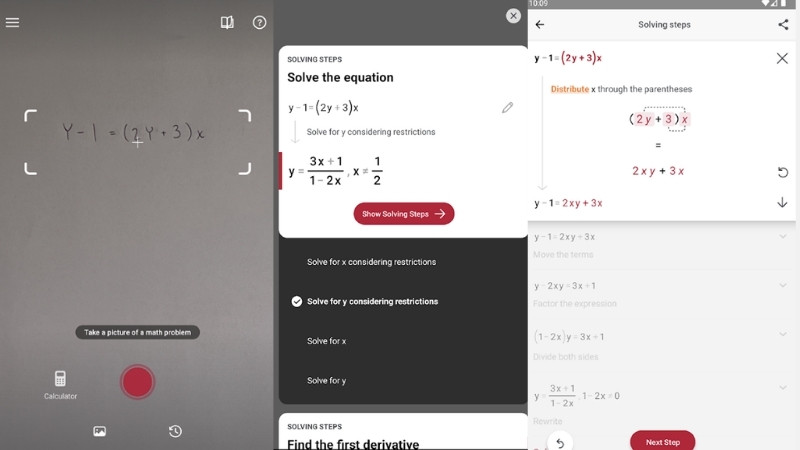
| Feature | Description |
|---|---|
| Input Method | Camera-based photo capture |
| Step-by-Step Help | Yes |
| Covers | Arithmetic, algebra, calculus, trigonometry |
| Extra Tools | Graphs, calculator history, smart explanations |
| Target Users | Students, parents, visual learners |
Photomath solves math problems by scanning them with a phone camera. A user can point the camera at an equation like (x + 4)(x – 2) = 0 or ∫(x sin x) dx, and Photomath shows each step needed to solve it. The explanations include definitions, formulas, and reasons behind each move.
Photomath works well for visual learners who need to see the problem and the process in the same view. It breaks complex problems into small, easy parts. It also offers visual graphs when needed. Each step has a short explanation that connects the logic in a way students can follow without help.
The tool is mobile-first, so it’s always available. Students can use it during study sessions or while working through tough assignments at home.
10. Maple Calculator
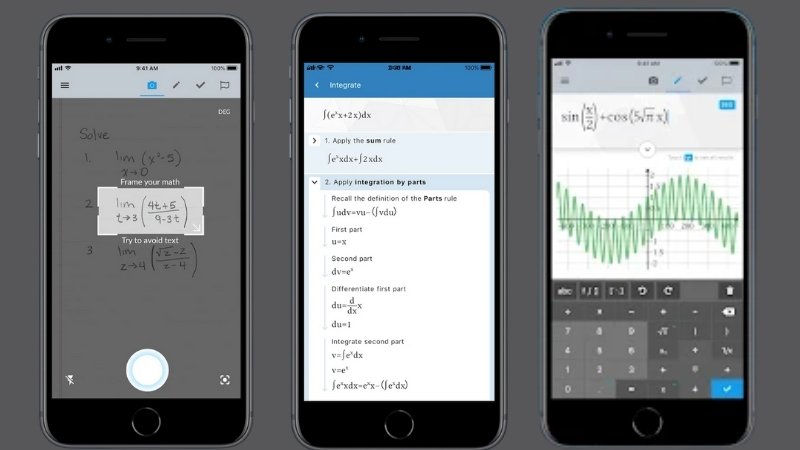
| Feature | Description |
|---|---|
| Input Method | Manual entry or photo capture |
| Step-by-Step Help | Yes |
| Covers | Algebra, calculus, graphing, equations |
| Extra Tools | Graphing, math games, 3D visual tools |
| Target Users | Students, visual thinkers, curious learners |
Maple Calculator helps users solve math problems by typing them in or using a phone camera. It handles expressions like solve x² + 2x – 8 = 0 or differentiate (x⁴ + 5x²) and provides a complete step-by-step answer. It also shows matching graphs and visual features that support deeper understanding.
The app includes extra tools like interactive games and 3D visual support. Those features make it useful for learners who enjoy experimenting with math ideas. Maple Calculator supports both learning and review, with a clean layout that works for beginners and more advanced users.
The tool also ties into Maple’s larger software, but this mobile version keeps everything simple and direct.
11. CameraMath
| Feature | Description |
|---|---|
| Input Method | Photo capture |
| Step-by-Step Help | Yes |
| Covers | Arithmetic, algebra, geometry, calculus |
| Extra Tools | Ask Tutor feature, built-in problem library |
| Target Users | Students who want personal guidance |
CameraMath solves problems through scanned images. A student can take a photo of a problem like x² – 4x = 21 or ∫(1/x) dx, and the tool gives a full solution with explanations. It also includes a built-in “Ask Tutor” feature that lets users send a question to a real tutor for more support.
The platform works for students who want fast help plus a backup option when they get stuck. It covers a full range of topics across school levels. The explanations are simple, and each step builds on the last without skipping logic.
CameraMath includes a problem library, so users can also search and practice extra problems without scanning each time.
12. MyScript
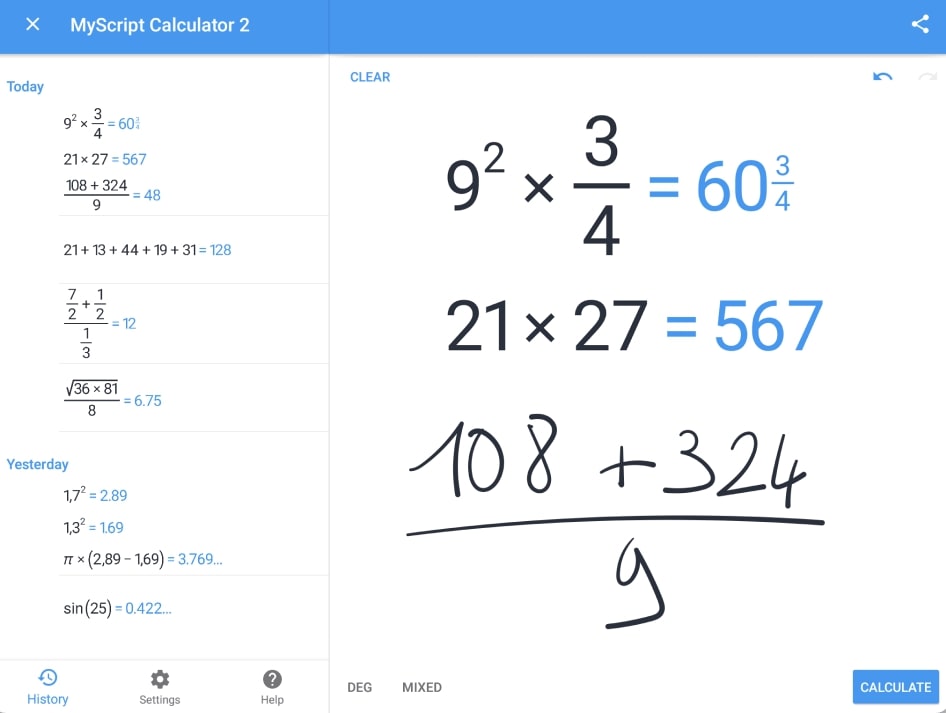
| Feature | Description |
|---|---|
| Input Method | Handwritten math input |
| Step-by-Step Help | Yes |
| Covers | Algebra, calculus, geometry |
| Extra Tools | Real-time recognition, handwriting-to-text |
| Target Users | Tablet users, note-takers, math learners |
MyScript lets users write math problems by hand, then converts the handwriting into digital math. A user can write x² + 6x + 9 = 0 or sketch a graph problem, and MyScript transforms it into clean steps and results. The app gives each solution in real time as the person writes.
It works best on tablets or touchscreen devices. People who take notes in class can solve problems as they write them. MyScript also helps students who think better through handwriting rather than typing or scanning.
The recognition is fast and accurate. The layout is clear, with no clutter or distractions. Everything appears on one screen, which makes it easy to follow.
Last Words
Solving math does not have to feel confusing or frustrating. Each AI tool listed above gives a different kind of help. Some focus on fast answers. Some explain every step. A few even let you talk or write by hand. That means there is something for everyone.
If math has felt too hard, now you have support. You can take a photo, type a question, or even speak in plain words. The tool will guide you. You do not need to be a math expert. You only need the right help.
Related Posts:






